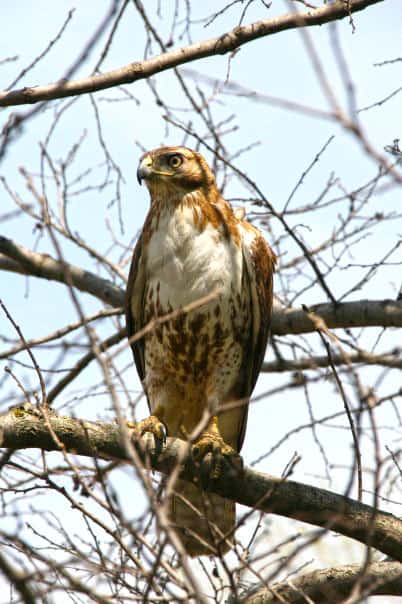

Charles Preston, one of the world’s leading experts on raptors like the golden eagle. But a deadly disease has decimated the rabbit population, which are a key food to many different predators - so any decline in their numbers will affect the entire ecosystem.

The insects in turn attract many species of birds.Ĭliff tops are not suitable for crops, so rabbits are tolerated here and you can see how rabbits actually do more good than harm.In the Big Horn Basin, golden eagles are the apex predator, and their primary prey is cottontail rabbits. In turn, these small flowering plants attract butterflies and the short grass is suitable for other insects such as ants. As an example of nature's cycle, Wild rabbits suppress growth of shrubs by nibbling the growing shoots with the resulting turf encouraging growth of low-growing plants such as vetches and trefoils. Without rabbits, a lot of downland, cliff tops and similar land areas would be overgrown with gorse, bramble and hawthorn scrub. Nature's patterns work in cycles and although rabbits are once again causing damage to crops and plantations they are providing their predators with much needed food. Since those times, rabbits are again common to the countryside, as over time rabbits have, in general, built up a resistance to the virus. Plants such as gorse, bramble and coarse grasses grew in excess. The vast reduction in rabbit numbers, ironically also caused a decline in the number of foxes, buzzards and other predators as well as affecting the growth of vegetation. Myxomatosis is a very distressing disease, affecting the eyes and brain. In Britain, in 1954, a flea-carried virus called myxomatosis was introduced to the wild rabbit population and this killed more than 95% of Britain's rabbits. Man, then became the biggest of the rabbit predators. Wild rabbits cause a lot of damage to crops, farmers land, gardens and the countryside.ĭuring the 20th century when the rabbit population was much larger, they caused such extensive damage to crops and trees and in Britain, they were included in the Pests Act 1954. Humans of course top the list of rabbit's predators and have been the rabbit's main enemy for the last 200 years or so, since the rabbit was regarded as a major pest. Again with pet rabbits, humans can also be a threat, if the rabbit is left outside in a hutch overnight or even unguarded in a run during the day.įor wild rabbits, any other wild animal, large or hungry enough to be bothered, can be a predator. If your rabbit cannot stay in your house at night, then it is always best to try and make sure the rabbit is enclosed within solid walls such as a garage, basement or in a garden shed over night. With some rabbit predators, wire cages are no protection for a rabbit. If you're in a part of the world where you get Raccoons, they can easily travel up through storm drains and arrive in urban areas.
#Are rabbits apex predators free
No garden or yard is free of predators whether you live in the city or the countryside. Foxes may live under sheds or tree roots/stumps. The raccoon can climb tress and open doors. Many raccoons and foxes can open hutches. With their acute vision, hearing and smell, a rabbit can sense the presence of a predator, such as fox or a raccoon (depending where in the world you live), even in your neighbour's yard. Keep a close eye on your rabbit while it is out. You should let the rabbit escape and hide, like into a private box in the hutch. When confronted by a predator the rabbit can panic and injure themselves or simply die of shock.Īny hutch or run must have a private box or hiding area to really protect your rabbit. Rabbits can die from shock or a heart attack just because a predator is stalking around outside the hutch. When not supervising, it is recommended that the rabbit is kept inside a secure run or hutch. If you have a pet rabbit and it is outside for any amount of time you must give the rabbit constant supervision. Other rabbit predators include Weasels, ferrets, badgers, stoats and snakes. Such birds, depending on where you live, include Hawks, Sparrow Hawks, Owls, Falcons, and kestrels. Many people are surprised to learn that large birds are a predator to rabbits, especially if the rabbit is a baby, young or a small breed type. However, don't think these are the only ones. With domestic/pet rabbits, perhaps the most common predators are pet dogs, pet cats and foxes. Depending in which part of the world you live, will determine the most likely predators you need to be aware of. There are many rabbit predators that will attack or eat the rabbit, including man.


 0 kommentar(er)
0 kommentar(er)
